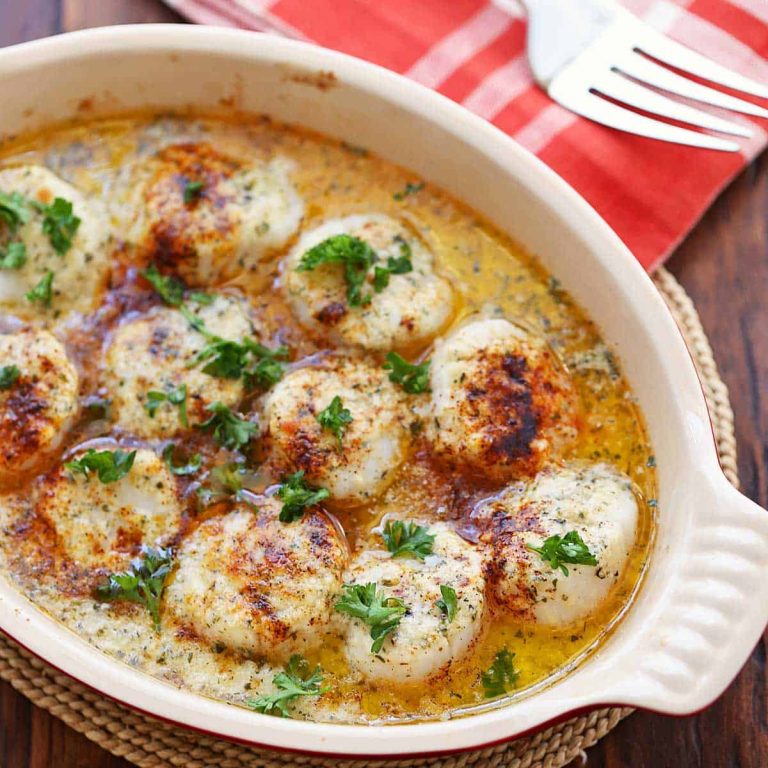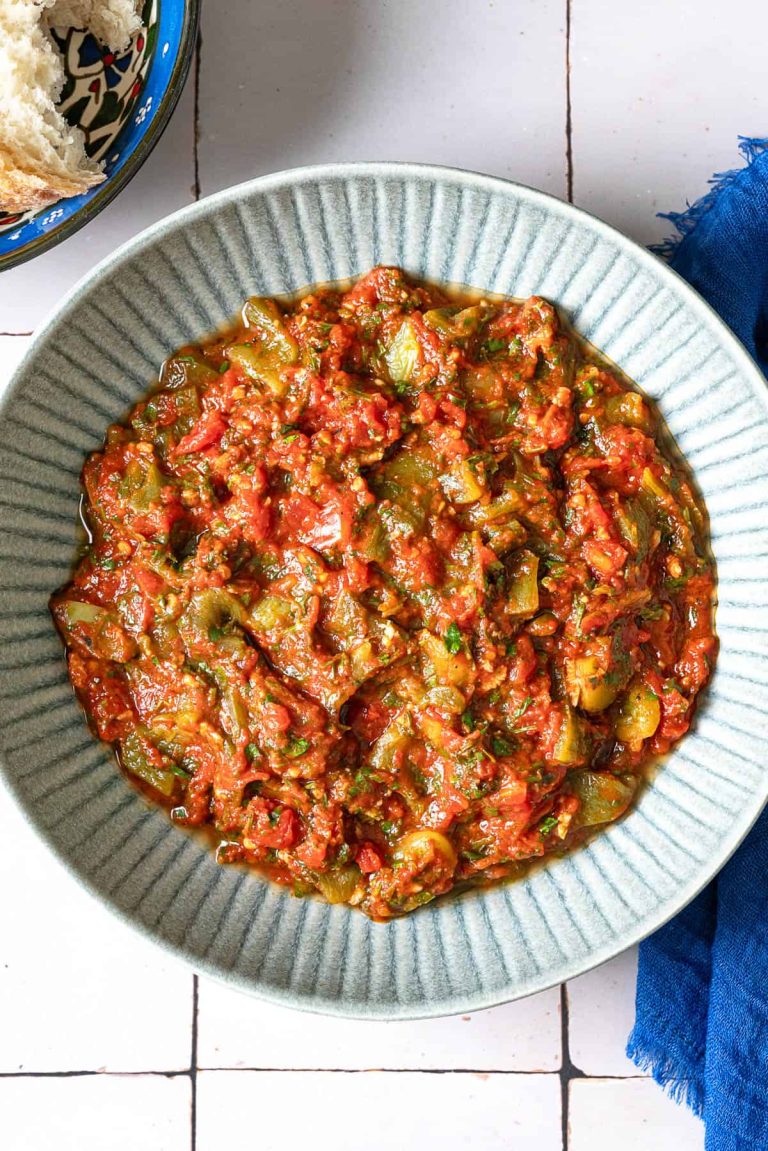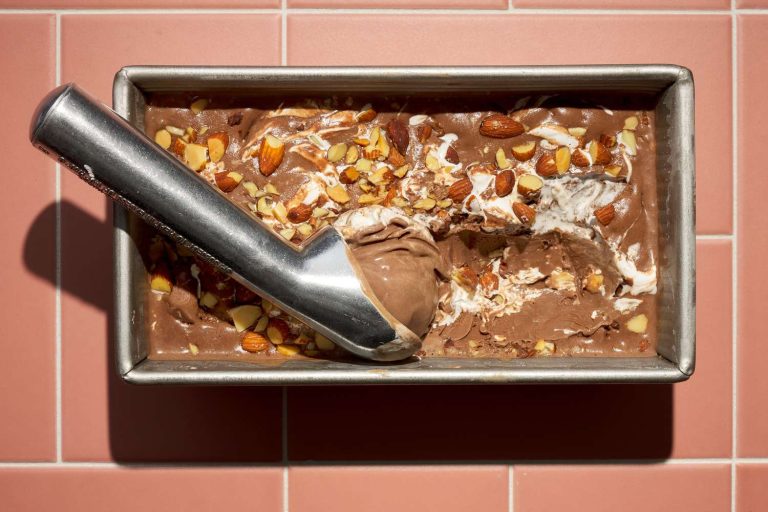Rugelach Pastry Recipe
Rugelach traces its roots to Eastern European Jewish communities, primarily in Poland and Hungary. The name “Rugelach” stems from the Yiddish word “rugel,” meaning “royal” or “twist.” This pastry, often associated with Hanukkah, has woven itself into broader Jewish celebrations and even everyday occasions. Jewish immigrants brought Rugelach to the United States in the early 20th century, integrating it into American culinary culture.
Evolution of the Recipe
Originally, Rugelach recipes used yeast-based dough, resembling small croissants. Over time, bakers began using cream cheese or sour cream dough, contributing to the modern flaky texture. Fillings have diversified, evolving from simple fruit preserves to include intricate mixtures of nuts, spices, and chocolate chips. While traditional variations feature apricot or raspberry preserves, contemporary recipes often showcase more exotic ingredients like pistachios and dates.
Key Ingredients in Rugelach
Common Filling Variations
Fillings in rugelach elevate this pastry’s flavor profile. Traditional options include fruit preserves like apricot and raspberry. These preserves offer a sweet, tangy taste that complements the dough’s richness. You might also find nut-based fillings, such as walnut, almond, or pecan paste. These add a crunchy texture and earthy flavor.
For more variety, consider chocolate chips or Nutella. These contemporary options cater to chocolate lovers and add a creamy richness. Cinnamon sugar, often combined with ground nuts, delivers a warm, spiced note. It’s common to see dried fruits like dates, raisins, or figs. These ingredients offer natural sweetness and a chewy texture.
Choosing the Right Dough
The dough forms the base of a good rugelach. Two types of dough are commonly used: cream cheese and sour cream. Cream cheese dough is popular for its rich, tangy flavor and flaky texture. It’s easy to handle and rolls out smoothly, making it suitable for home baking.
Sour cream dough offers a lighter, more tender bite. It has a slight tang that pairs well with sweet fillings. If aiming for a traditional taste, use yeast-based dough. This dough, although less common today, provides a dense, croissant-like texture. Balancing the dough’s flavor and texture with the filling ensures each bite of rugelach is satisfying.
Preparing and Baking Rugelach
Step-by-Step Guide
Start by gathering ingredients. You’ll need flour, cream cheese, butter, sugar, salt, and your choice of filling such as fruit preserves, nuts, or chocolate chips.
- Prepare the Dough: In a large bowl, combine softened cream cheese and butter until smooth. Gradually add sugar and salt. Slowly mix in flour until dough forms. Split dough into four equal sections, wrap in plastic, and refrigerate for at least two hours.
- Shape and Fill: Preheat your oven to 350°F (175°C). Roll each dough section into a 1/8-inch thick circle on a floured surface. Spread your chosen filling evenly across the dough. Cut dough into 12-16 wedges, like a pizza.
- Roll and Bake: Starting from the wide end, roll each wedge toward the point, forming a crescent shape. Place rolled pieces on a parchment-lined baking sheet. Brush with egg wash for a shiny finish. Bake for 20-25 minutes, until golden brown.
- Chill the Dough: Ensure the dough is well-chilled before rolling. This prevents it from becoming too sticky and maintains a flakier texture.
- Even Filling: Distribute filling evenly to avoid overstuffing, which can lead to leaking during baking.
- Uniform Size: Cut dough wedges uniformly so they bake evenly. Use a kitchen ruler if needed.
- Use Parchment Paper: Line baking sheets with parchment paper to prevent sticking and make cleanup easier.
- Egg Wash Variation: Customize the egg wash by adding a teaspoon of water or milk for different finishes, or sprinkle with coarse sugar to add a sweet crunch.
By following these steps and tips, you’ll create delicious and visually appealing Rugelach that honor the tradition while delighting modern palates.
Serving and Storing Rugelach
Best Ways to Serve
Serve Rugelach at room temperature for the best texture and flavor. If you serve the pastry fresh from the oven, allow it to cool slightly to let the flavors meld. Complement Rugelach with beverages like coffee, tea, or hot chocolate to enhance the experience. Arrange the pastries on a decorative platter for an appealing presentation if you host a gathering. For a festive touch, dust Rugelach with powdered sugar or drizzle with a light glaze.
Preservation Tips
Store Rugelach in an airtight container to maintain freshness, keeping them at room temperature for up to 5 days. If you want to extend their shelf life, freeze the pastries. Place them on a baking sheet in a single layer until firm, then transfer to a sealed freezer bag or container. Rugelach can be frozen for up to three months. When ready to enjoy, thaw at room temperature or warm in a 300°F oven for 10 minutes.
Conclusion
Rugelach isn’t just a pastry; it’s a delightful blend of history, culture, and flavor. Whether you’re a seasoned baker or a novice, making Rugelach at home offers a rewarding experience that connects you to its rich heritage. The key to perfect Rugelach lies in the details—from chilling the dough to evenly spreading the fillings and using parchment paper for baking.
Enjoy your freshly baked Rugelach with a warm cup of coffee or tea, and don’t forget to store any leftovers properly to maintain their deliciousness. Whether you keep them at room temperature or freeze them for later, you’ll always have a tasty treat on hand. Happy baking!






